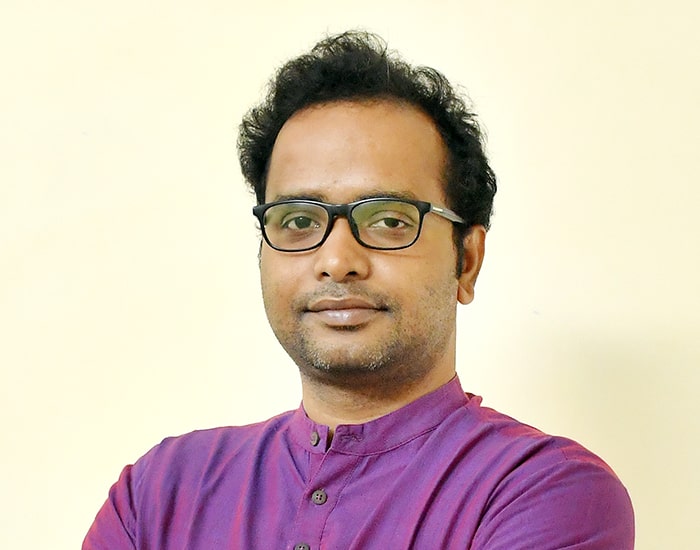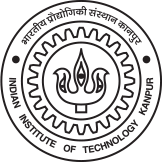
Sudeep Kumar Ghosh
PhD (IISc, Bangalore)
Assistant Professor, Department of Physics
Research Interest
Superconductivity and magnetism, Topological order, Ultracold atoms.
Office
FB-386,
Faculty Building,
IIT Kanpur,
Kanpur, UP 208016
Research Area
Specialization
Condensed matter theory
Previous Work Experience
Selected Publications
Sajilesh. K. P., Roshan Kumar Kushwaha, Dibyendu Samanta, Tymoteusz Tula, Pavan Kumar Meena, Shashank Srivastava, Deepak Singh, Pabitra Kumar Biswas, Amit Kanigel, Adrian D. Hillier, Sudeep Kumar Ghosh*, and Ravi Prakash Singh*- "Time-Reversal Symmetry Breaking Superconductivity in HfRhGe: A Noncentrosymmetric Weyl Semimetal" Advanced Materials 2415721 (2024).
T. Shang*, Sudeep Kumar Ghosh*, M. Smidman*, D. J. Gawryluk, C. Baines, A. Wang, W. Xie, Y. Chen, M. O. Ajeesh, M. Nicklas, E. Pomjakushina, M. Medarde, M. Shi, J. F. Annett, H. Yuan, J. Quintanilla and T. Shiroka- “Spin-triplet superconductivity in Weyl nodal-line semimetals” npj Quantum Mater. 7, 35 (2022).
Sudeep Kumar Ghosh, P. K. Biswas, C. Xu, B. Li, J. Z. Zhao, A. D. Hillier and X. Xu- “Time-Reversal Symmetry Breaking Superconductivity in Three-Dimensional Dirac Semimetallic Silicides” Phys. Rev. Research (Letters) 4, L012031 (2022).
Sudeep Kumar Ghosh*, James F. Annett and Jorge Quintanilla*- “Time-reversal symmetry breaking in superconductors through loop supercurrent order” New Journal of Physics 23, 083018 (2021).
Pabitra K. Biswas*, Sudeep Kumar Ghosh*, J. Z. Zhao, D. A. Mayoh, N. D. Zhigadlo, Xiaofeng Xu, Chris Baines, A. D. Hillier, Geetha Balakrishnan and Martin R. Lees- “Chiral singlet superconductivity in the weakly correlated metal LaPt3P” Nature Communications 12, 2504 (2021).
Keywords
Research Group
Theoretical Explorations of Quantum Matter (TEQM)
Current Research
The TEQM group is part of the Quantum Condensed Matter Theory (QCMT) group in the department of physics at IIT Kanpur. In the TEQM group, we are dedicated to discovering the nature, properties, and possible applications of different quantum materials working in close collaboration with experimentalists.
Currently, we are focused on understanding the interplay between strong electronic correlations, symmetry, and topology in different superconducting quantum materials. These materials have multiple degrees of freedom, such as orbitals, valleys, and sublattices. This interplay is schematically represented above.
To explore the competing orders that arise due to strong electronic correlations and geometric frustration caused by the underlying lattice, we use a combination of model Hamiltonian based approaches, ab-initio method based approaches, and machine learning techniques.



